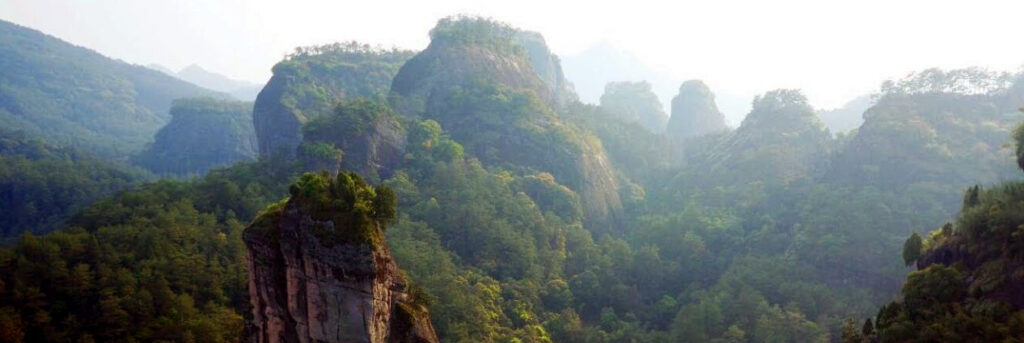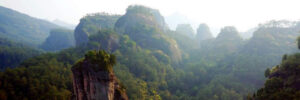In a recent piece, British broadcaster and columnist Adrian Chiles shared his quest for one of his cherished teas: the robust and distinctive Lapsang Souchong.
Struggling to find it on store shelves, Chiles was gifted a box of Twining’s “Distinctively Smoky” teabags, a claimed homage to the traditional brew. Yet, the imitation fell short, leaving Chiles lamenting the “supply problems” that have hindered his access to this beloved beverage, prompting him to consider sourcing loose leaves.
However, beyond mere inconvenience lies a deeper issue: the looming extinction of authentic Lapsang Souchong. The origins of this tea are shrouded in mystery, with tales of its creation in Tongmu village, nestled in the mountainous terrain of Fujian province, China. Legend has it that during the tumultuous Ming dynasty era, soldiers commandeered a tea-processing facility, inadvertently creating Lapsang Souchong through a series of events that involved drying tea leaves over fires made from indigenous pine trees.
While the veracity of these stories may be debatable, one fact remains: Lapsang Souchong has always enjoyed greater popularity abroad than in its homeland. The diverse preferences of tea connoisseurs have led to the development of distinct varieties tailored to different markets. The version relished overseas accentuates its smoky essence, a flavour profile that resonates with the British tradition of adding milk and sugar to tea, though some, like Chiles, might agree with Chinese critics who liken its taste to that of a seasoned campfire.

Yet, the true essence of Lapsang Souchong isn’t solely in its flavour but also in its origin. To be considered authentic in China, lapsang souchong must originate from a specific region within the Wuyi Mountain Tongmu Nature Reserve. However, the region’s tea growers are faced with a dilemma: the allure of more profitable alternatives. The rising demand for premium unsmoked teas, notably Jinjunmei, among China’s affluent population has drawn resources away from Lapsang Souchong production.

As a result, traditional Lapsang Souchong production is dwindling, with only a fraction of tea now adhering to traditional smoking methods. This shift has propelled prices upward, posing challenges for both domestic consumers and foreign markets. Moreover, Lapsang Souchong faces an existential threat from the decline of Tongmu’s pinewood forests, essential for imparting the tea’s signature aroma and flavour.
The onslaught of pine wilt disease and nematode infestations has led to drastic measures, including a ban on importing Chinese red pinewood to Tongmu. While efforts are underway to develop alternative smoking materials, the quest to replicate the unique flavour of authentic lapsang souchong remains elusive.
In essence, the challenges highlighted by Chiles underscore a broader crisis facing lapsang souchong. As supply constraints persist, aficionados are urged to savor this distinctive brew while it remains available. The fate of lapsang souchong hangs precariously, caught between tradition and the relentless march of change.

